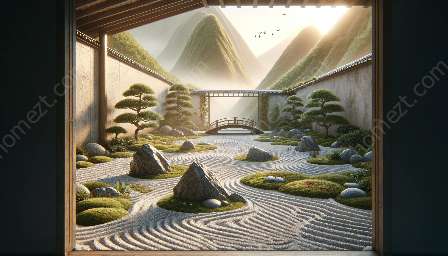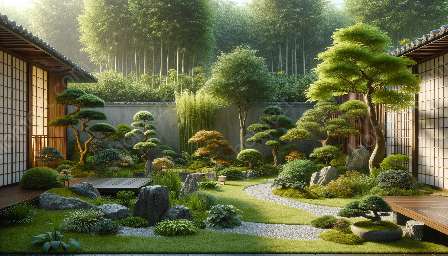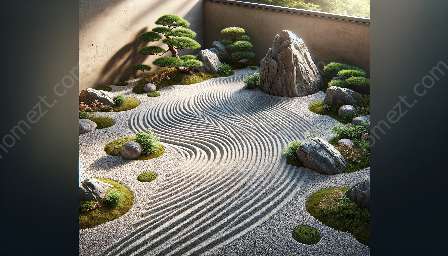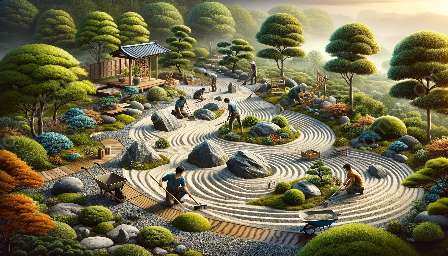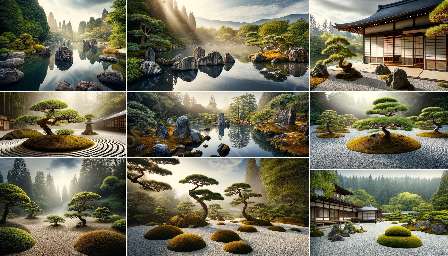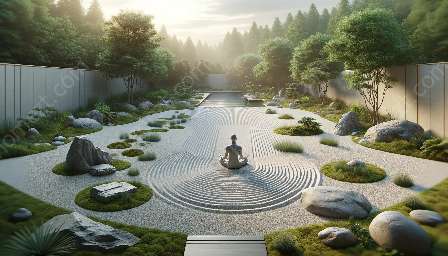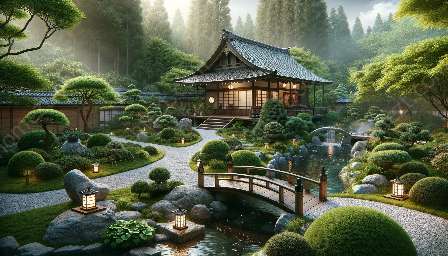The art of Zen gardens encompasses a rich tradition that holds numerous philosophical principles and aesthetic elements. In this comprehensive guide, we will delve into the core tenets of Zen gardens and explore how they can inspire your gardening and landscaping endeavors.
The Essence of Zen Gardens
Zen gardens, also known as Japanese rock gardens or dry landscape gardens, are renowned for their tranquil and contemplative nature. Rooted in Zen Buddhism, these gardens embody profound philosophical principles and offer a glimpse into the spiritual realm through their design and composition.
Harmony and Balance
At the heart of Zen gardens lies the concept of harmony and balance. Every element within a Zen garden is meticulously arranged to create a sense of equilibrium and tranquility. The interplay of rocks, gravel, and vegetation reflects the harmonious relationship between nature and humanity, inviting a serene ambiance that fosters introspection and mindfulness.
Minimalism and Simplicity
Embracing the principles of minimalism, Zen gardens celebrate simplicity and refinement. The deliberate absence of superfluous ornamentation and excessive foliage allows the inherent beauty of natural elements to shine. By employing a restrained palette and clean lines, these gardens evoke a timeless elegance that transcends fleeting trends.
Key Elements of Zen Gardens
Understanding the fundamental components of Zen gardens is essential for creating an authentic and resonant expression of this art form within your landscaping endeavors. The following elements form the core foundation of Zen garden design:
- Rocks and Gravel: Central to the composition of Zen gardens, rocks and gravel symbolize water and islands, inviting contemplation and evoking a sense of fluidity amidst stasis.
- Vegetation: Selective and pruned greenery, such as moss and bonsai, adds a touch of vitality while maintaining the overall sense of tranquility and balance.
- Sand Raking: Delicate patterns drawn in the smooth gravel or sand represent ripples in water or the flow of energy, and are often meditatively groomed to promote inner peace and focus.
- Karesansui: The dry landscape style of Zen gardens uses rocks, gravel, and precisely placed moss to create a stylized depiction of natural landscapes, encouraging contemplation and reflection.
- Tsukiyama: This style emulates scenic landscapes by incorporating miniature hills, water features, and lush vegetation, promoting a sense of tranquility and natural beauty.
- Rocks: Symbolize strength, stability, and the enduring nature of existence.
- Gravel and Sand: Represent the fluidity of time and the impermanence of all things, reminding observers of the transient nature of life.
- Vegetation: Signifies resilience and adaptability, offering greenery as a symbol of hope amidst the starkness of the landscape.
Design Techniques of Zen Gardens
The artful arrangement of elements within a Zen garden requires a thoughtful approach that honors the principles of this cherished tradition. Consider the following design techniques:
Spiritual Symbolism in Zen Gardens
Delving deeper into Zen gardens reveals the profound spiritual symbolism embedded within their design. Each element conveys layers of meaning, inviting visitors to engage with the garden on a profound level:
Embracing Zen Garden Principles in Landscaping
By embracing the principles and aesthetic elements of Zen gardens, you can infuse a sense of tranquility and mindfulness into your own landscaping endeavors. Whether you seek to create a dedicated Zen garden or draw inspiration from its principles for a broader landscape design, the timeless allure of Zen gardens can enrich your outdoor spaces and nurture a deeper connection with nature.



